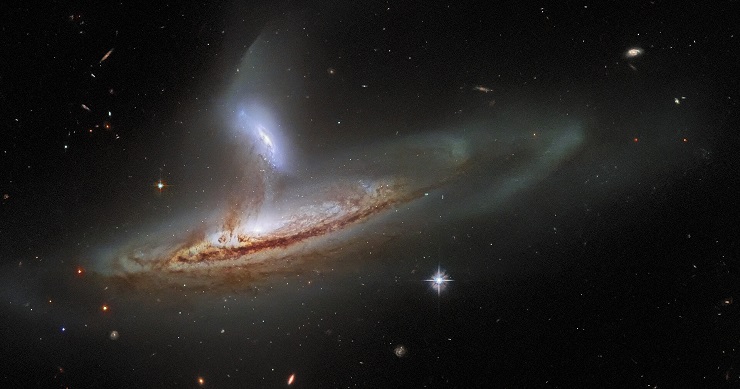NASA’s Voyager 1 and Voyager 2, launched about 46 years ago, are still receiving software updates to keep them functioning and in contact with Earth. Recently, Voyager 1 began transmitting corrupted data, so a software fix was created to address this issue. Another set of updates is aimed at preventing the build-up of residue in the spacecraft’s thrusters. Despite the challenges of maintaining these antique hardware, the engineering team continues to come up with creative solutions. One such solution involves allowing the spacecraft to rotate more to reduce the frequency of thruster firing, thereby keeping the fuel flowing for another five years at least.
Key Takeaways:
- NASA’s Voyager 1 and Voyager 2, launched over 46 years ago, are still receiving updates to their hardware from Earth to keep them in contact for as long as possible.
- The updates include a software fix to address corrupted data that Voyager 1 began transmitting last year, and another set to prevent residue build-up in the spacecraft’s thrusters.
- Despite facing many challenges with no clear solutions, the engineering team at NASA’s Jet Propulsion Laboratory continues to come up with creative solutions to keep the Voyager probes operational.
“One update, a software fix, ought to tend to the corrupted data that Voyager 1 began transmitting last year, and another set aims to prevent gunk from building up in both spacecraft’s thrusters. Together, these updates intend to keep the spacecraft in contact with Earth for as long as possible.”
More details: here


Leave a Reply